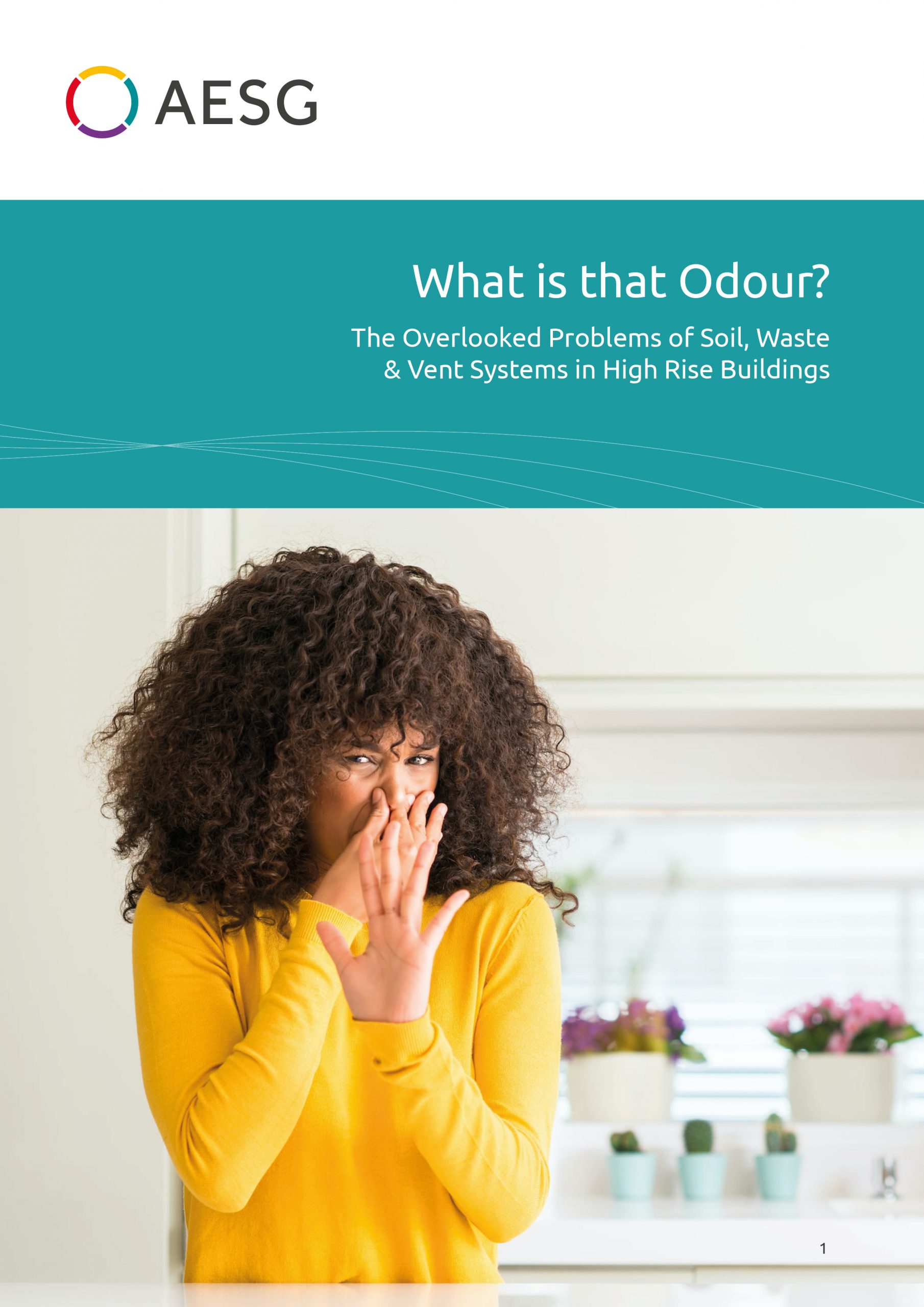
The Overlooked Problems of Soil, Waste & Vent Systems in High Rise Buildings
Have you stayed in a hotel or an apartment and experienced unexplainable obnoxious smells? Obnoxious odour from drainage systems can make even the most luxury getaway, one that you would rather forget!
Soil and Vent systems are imbedded technologies that are invisible to the user until they fail. Due to the low profile of public health engineering, building design and construction teams seem to pay minimal attention to their detail and installation.
In the MENA region with extreme temperatures and a macho approach to value engineering the humble soil, waste and vent systems can become problematic. Frequent problems include, trap seals drying out due to lack of use and air conditioning systems not operating and controlling relative humidity when the building is unoccupied.
Why does this matter? Something as fundamental as soil vent systems matter because:
What is the cause of this issue?
The key causes, especially in high rise buildings, come down to one or all of the following:
How to mitigate this issue?
Following CIBSE Commissioning Code M 2022 could reduce these issues. Something as simple as a commissionability design review during RIBA stage 4 plus field inspections then testing could prevent design issues becoming operational issues.
The AESG commissioning management team are familiar with these issues and over zealous value engineering so we actively look for them when we undertake commissionability design reviews. For example, we check for the main causes of trap seal loss such as:
There’s a common terminology we often use in the MEP industry which is “what goes in must come out” simply put, as water or air runs through a pipe (or duct) an equal amount of water or air must displace it.
We have all done this, put your straw into a glass of water, then hold your thumb over the end of the straw, you can then pull the straw up out of the glass and the water will remain in the straw. This is because nothing is replacing the water to allow it to exit the straw. Now imagine this is the trap seal, as that water exits the waste pipe the only place it can pull from is the trap itself, with the wrong gradient pipe or inadequately size/length of pipe, this suction/force will pull the trap dry. Again, leaving us wondering where that awful odour is coming from.
These are the 3 key causes of trap seal loss and they can generally be resolved at the design stage when the correct oversight is applied. Other issues our commissioning team look for are sizing of vent/stacks that exit buildings and installation details on drawing and actual installation in the field.
Soil, waste and vent systems issues are often overlooked because:
The project team must not leave the owner and building operator with these easily addressable operational problems. We can fix this, we only have to decide to do it.
How can AESG help?
AESG is a specialist consultancy, engineering and advisory firm with offices in London, Dubai, Abu Dhabi, Riyadh and Singapore working on projects throughout Europe, Asia and Middle East. We pride ourselves as industry leaders in each of the services that we offer. We have one of the largest dedicated teams with decades of cumulative experience in sustainable design, sustainable engineering, fire and life safety, façade engineering, building commissioning and digital asset management, waste management, environmental consultancy, strategy and advisory, acoustics, cost management and carbon management.

Associate Director – Commissioning, AESG
Tom has over 15 years experience in MEP Design and installation, Commissioning and management He has comprehensive knowledge in his field and is up to date with regulations and trends in MEP design. Through his career he has worked both client and contractor side to complete many high-end installations, along with many other design and installation reviews. He is experienced and capable in managing large commissioning and construction teams to achieve successful completion of projects on time and to the quality required.
In particular he has vast experience in construction and commissioning of large healthcare facilities, hotels and offices. Coming from a practical and design background, he understands restrictions faced on site by operatives as well as how to work around them. Tom is a positive individual with strong character which reflects in the workplace. He has worked in the UAE for the past 6 years alongside many nationalities to abide by stringent deadlines and hand over top end facilities.
For more information or to arrange a meeting with Tom Townley, please email t.townley@aesg.com or call +971 (0) 55 219 5237.